Kyoto
2025.09.22
[Kyoto] Experience the Thrilling Scenery of the Hozugawa River Boat Ride in Arashiyama

Located in northwestern Kyoto, on a narrow stretch between Kameoka City and Arashiyama, the world-famous Hozugawa River Boat Ride (Hozugawa Kudari) offers an exciting 400-year-old traditional boat trip through narrow passes, river rapids, and magnificent 200-million-year-old rock formations.
In this article, we'll introduce the charm, history, and excitement of the Hozugawa River Boat Ride, as well as ticket information, along with a one-day itinerary combining the trip with the Sagano Romantic Train and the Arashiyama Monkey Park, all to help you make the most of this unforgettable experience in Kyoto.
Table of Contents
History of Kyoto’s Hozugawa River
 Flowing through the mountains of Kameoka in western Kyoto on its way to central Kyoto, the Hozugawa River is both a scenic natural landmark and a waterway with deep historical significance. While today it’s best known for its popular sightseeing boat rides, which attract over 300,000 visitors annually, the river’s importance dates back centuries.
Flowing through the mountains of Kameoka in western Kyoto on its way to central Kyoto, the Hozugawa River is both a scenic natural landmark and a waterway with deep historical significance. While today it’s best known for its popular sightseeing boat rides, which attract over 300,000 visitors annually, the river’s importance dates back centuries.For more than 1,200 years, Hozugawa has long been an essential waterway. The earliest recorded use of the Hozugawa River as a waterway dates back to 784 AD, when skilled raftmen transported timber to help build Nagaoka-kyō, the ancient capital of Japan in southwest Kyoto. During this period, the river served as a vital corridor for transporting materials essential to the construction and development of the capital.
 The route continued to be used for centuries; however, boat navigation wasn’t possible until 1606, when the merchant Suminokura Ryōi spearheaded a major canalization and enlargement project. After this enhancement, boats were able to carry timber, rice from the Tamba (modern Kameoka) area, charcoal, firewood, and other supplies downstream into Kyoto and beyond.
The route continued to be used for centuries; however, boat navigation wasn’t possible until 1606, when the merchant Suminokura Ryōi spearheaded a major canalization and enlargement project. After this enhancement, boats were able to carry timber, rice from the Tamba (modern Kameoka) area, charcoal, firewood, and other supplies downstream into Kyoto and beyond.However, by the late 19th century, railroads and trucks began to replace river transport. The boats were then repurposed for sightseeing trips for foreign VIPS and politicians, which paved the way for the modern boat trip experience enjoyed today.
What is Kyoto’s Hozugawa River Boat Ride (Hozugawa Kudari)?
 Nowadays, the Hozugawa River Boat Ride, or “Hozugawa Kudari” which literally means “down the Hozugawa River” in Japanese, refers to the boat ride experience that travels downstream from Tamba-Kameoka to Arashiyama through the scenic Hozukyō Gorge.
Nowadays, the Hozugawa River Boat Ride, or “Hozugawa Kudari” which literally means “down the Hozugawa River” in Japanese, refers to the boat ride experience that travels downstream from Tamba-Kameoka to Arashiyama through the scenic Hozukyō Gorge.More than just a tourist activity, the Hozugawa River Boat Ride offers a blend of nature, history, and gentle thrills. A three-person team of boatmen pilots traditional wooden boats with long poles and oars through calm pools and lively rapids, pointing out famous sights along the gorge such as the Koayu-no-taki waterfall, the historic “pole marks” and old towpath scars carved into riverside rocks over centuries, and the hilltop Daihikaku Senkō-ji temple overlooking the river.
 Seasonal views are also a major draw: cherry blossoms in spring, fresh greenery in summer, autumn foliage in fall, and quiet snowscapes in winter.
Seasonal views are also a major draw: cherry blossoms in spring, fresh greenery in summer, autumn foliage in fall, and quiet snowscapes in winter.The 16 km journey typically takes about 90 minutes, depending on the water level, and begins at the Hozugawa River Boat Ride dock—just an 8-minute walk from JR Kameoka Station.
The Hozugawa River Boat Ride Piloted by Boatmen
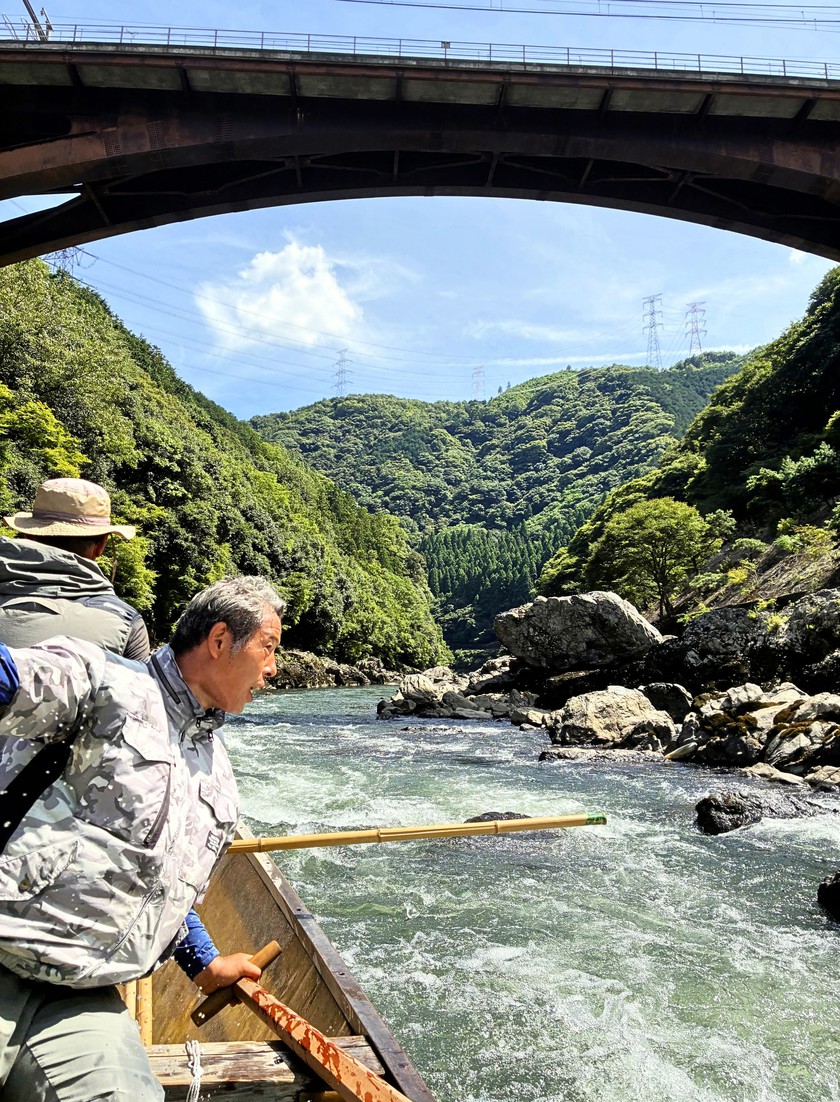 One of the highlights of the Hozugawa River Boat Ride is the expert pole handling and humorous guiding by the boatmen. More than 100 sendo boatmen take turns providing entertaining commentary on the history and legends of the river, giving visitors a deep insight into local culture. Each boat is operated by three specialized sendo: one uses a bamboo pole to push against rocks to protect the boat (sao-sashi), another rows at the front (kai-hiki), and the third steers the rudder at the rear (kaji-mochi).
One of the highlights of the Hozugawa River Boat Ride is the expert pole handling and humorous guiding by the boatmen. More than 100 sendo boatmen take turns providing entertaining commentary on the history and legends of the river, giving visitors a deep insight into local culture. Each boat is operated by three specialized sendo: one uses a bamboo pole to push against rocks to protect the boat (sao-sashi), another rows at the front (kai-hiki), and the third steers the rudder at the rear (kaji-mochi).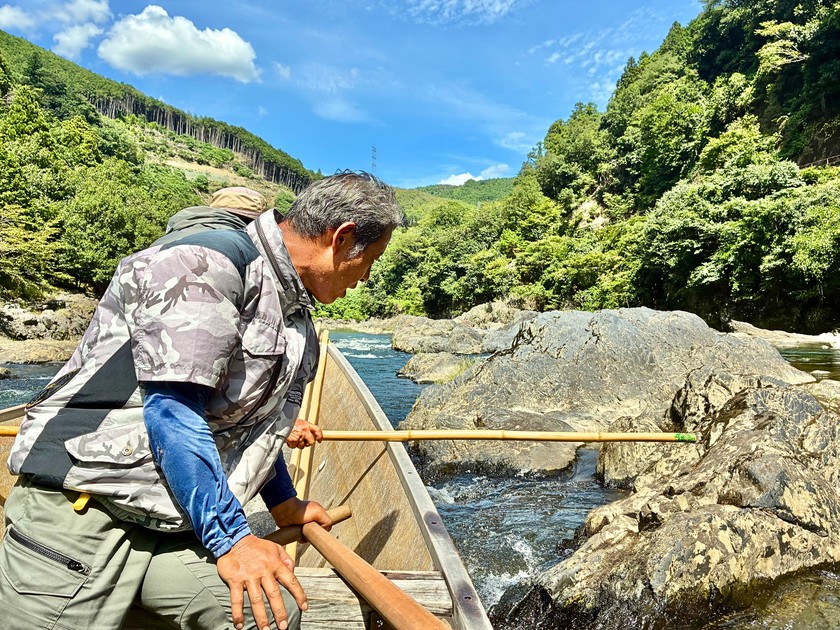 The boats skillfully navigate both calm waters and wild rapids, slipping effortlessly between rocks and eliciting cheers from riders with every maneuver. Challenging sections, such as the Koayu-no-taki waterfall, let you fully experience the dynamic thrill. Along the way, you may spot deer, monkeys, or water birds on the shore, and catch glimpses of sweetfish, eels, or the local mokuzugani mitten crabs in the water.
The boats skillfully navigate both calm waters and wild rapids, slipping effortlessly between rocks and eliciting cheers from riders with every maneuver. Challenging sections, such as the Koayu-no-taki waterfall, let you fully experience the dynamic thrill. Along the way, you may spot deer, monkeys, or water birds on the shore, and catch glimpses of sweetfish, eels, or the local mokuzugani mitten crabs in the water. At the end of the ride, a food boat will pull up alongside and offer snacks, amazake sweet sake, beer, pickled cucumbers, and mitarashi dango rice dumplings for sale.
At the end of the ride, a food boat will pull up alongside and offer snacks, amazake sweet sake, beer, pickled cucumbers, and mitarashi dango rice dumplings for sale.
Ticket Prices and Opening Hours for Hozugawa River Boat Ride
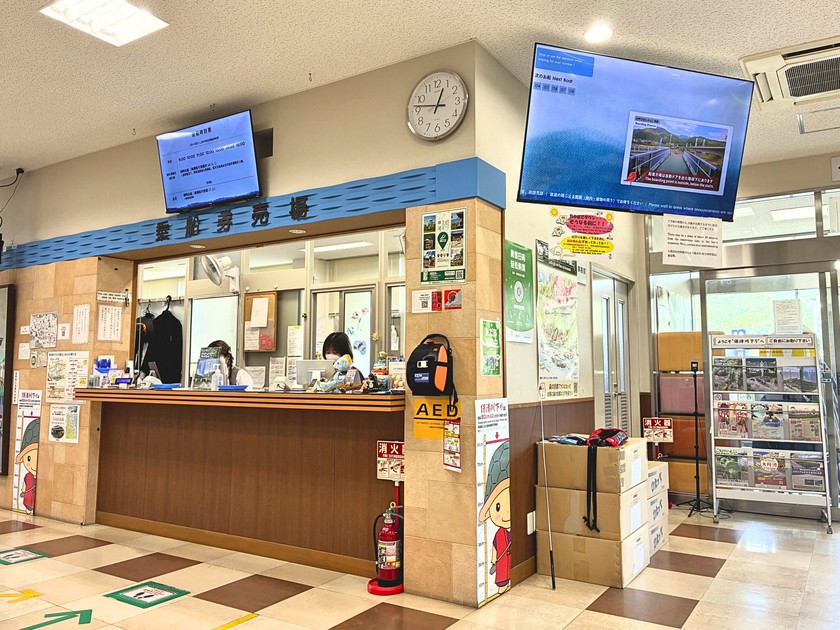 Ticket prices for regular shared boats which have a capacity of 24 passengers are ¥6,000 per adult and ¥4,500 per child. Reservations for the Hozugawa River Boat Ride for groups of 9 or fewer can be made online until the day before the ride. Same-day tickets are available on a first-come, first-served basis at both the boarding site and Torokko Saga Station.
Ticket prices for regular shared boats which have a capacity of 24 passengers are ¥6,000 per adult and ¥4,500 per child. Reservations for the Hozugawa River Boat Ride for groups of 9 or fewer can be made online until the day before the ride. Same-day tickets are available on a first-come, first-served basis at both the boarding site and Torokko Saga Station.Operations run year-round with seasonal timetables. From early March to early December, boats depart hourly on weekdays from 9:00 am to 3:00 pm, while on weekends and holidays, boats depart as soon as enough passengers gather. From early December to early March, the schedule reverts to the shortened winter timetable of 10:00 am to 2:30 pm with four fixed departures, with extra boats on weekends and holidays.
Also note that the service is closed during year-end holidays and may also be suspended on certain safety inspection days. For the most up-to-date information, refer to the latest announcements on the official website.
💡Pro tip: The peak seasons are late March to April, when pink cherry blossom flowers line the river and November, when the valley is ablaze with colorful maple leaves. Getting tickets early during these times is highly recommended.
One-day Arashiyama Itinerary Centered Around Hozugawa
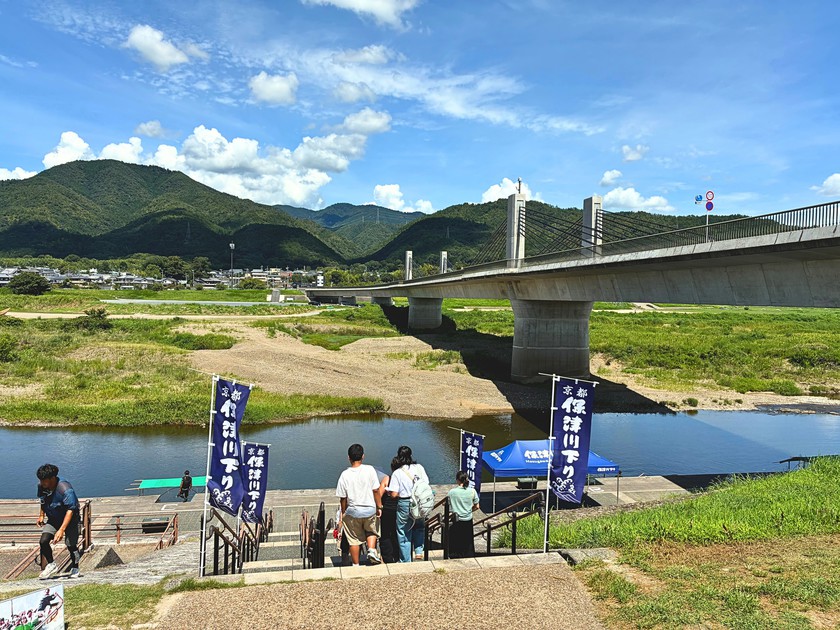 The Hozugawa River Boat Ride is a highlight of Arashiyama sightseeing, and pairing it with other popular local attractions makes for an even more memorable day. One classic route is to head to Kameoka on the Sagano Romantic Train, then return to Arashiyama by Hozugawa River Boat Ride.
The Hozugawa River Boat Ride is a highlight of Arashiyama sightseeing, and pairing it with other popular local attractions makes for an even more memorable day. One classic route is to head to Kameoka on the Sagano Romantic Train, then return to Arashiyama by Hozugawa River Boat Ride.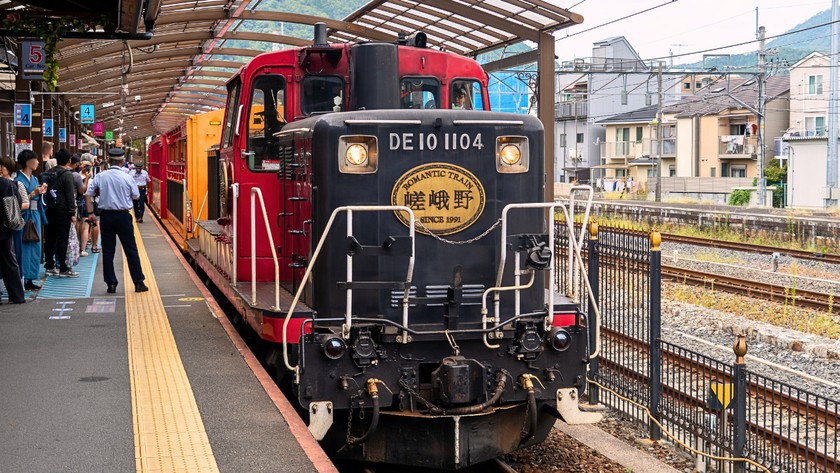 Sagano Romantic Train is a retro sightseeing train which travels through the Hozukyō Gorge and features an open-air car where you can feel the breeze as you take in the stunning mountain scenery. At one of its terminal stations, Torokko Saga Station, which is adjacent to JR Saga-Arashima Station, you can visit the 19th Century Hall where steam locomotives are displayed and conveniently purchase your Hozugawa River Boat Ride same-day tickets.
Sagano Romantic Train is a retro sightseeing train which travels through the Hozukyō Gorge and features an open-air car where you can feel the breeze as you take in the stunning mountain scenery. At one of its terminal stations, Torokko Saga Station, which is adjacent to JR Saga-Arashima Station, you can visit the 19th Century Hall where steam locomotives are displayed and conveniently purchase your Hozugawa River Boat Ride same-day tickets.🔗Breathtaking Seasonal Scenery from the Windows of Kyoto’s Sagano Romantic Train
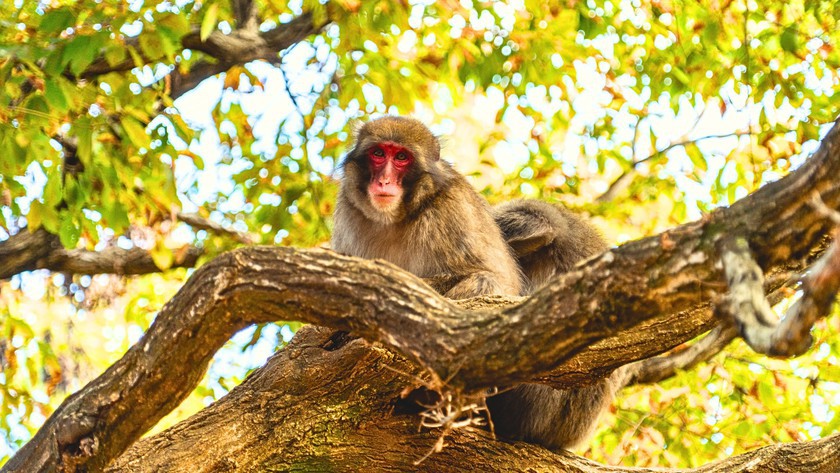 Arashiyama is also home to a variety of landmarks and activities, including the Togetsu-kyo Bridge, Tenryu-ji Temple and the world-famous bamboo forest. You can also visit wild Japanese monkeys at Arashiyama Monkey Park. With so many options, it’s easy to make the most of your Kyoto experience!
Arashiyama is also home to a variety of landmarks and activities, including the Togetsu-kyo Bridge, Tenryu-ji Temple and the world-famous bamboo forest. You can also visit wild Japanese monkeys at Arashiyama Monkey Park. With so many options, it’s easy to make the most of your Kyoto experience!🔗Meet the Japanese Monkeys of Kyoto in Arashiyama Monkey Park
How to Get to the Hozugawa Kudari River Boat Ride from HOTEL TAVINOS Kyoto
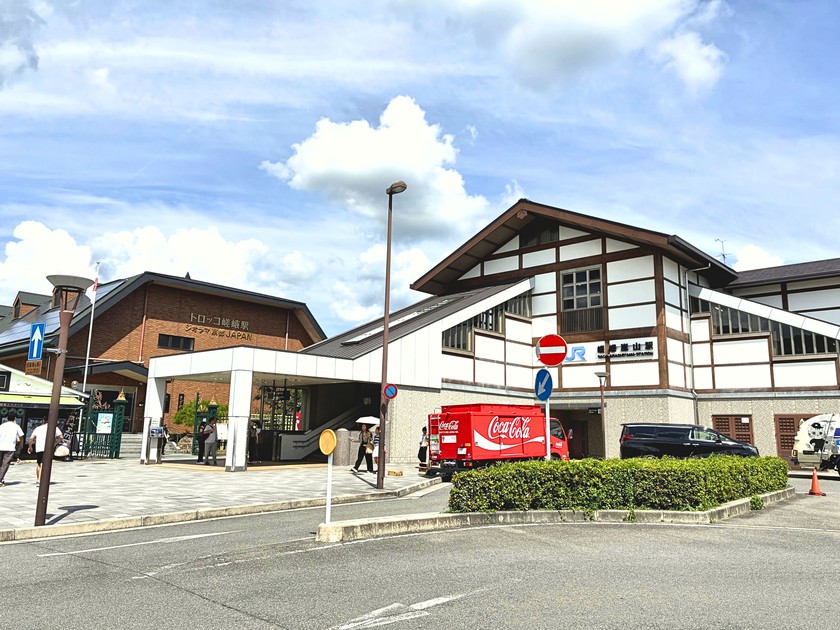 The Hozugawa River Boat Ride is easily accessible from HOTEL TAVINOS Kyoto via these public transport options.
The Hozugawa River Boat Ride is easily accessible from HOTEL TAVINOS Kyoto via these public transport options.[By Train (JR Line)] First, take the Kyoto City Bus to Kyoto Station (about 10 minutes), then transfer to the JR San’in Main (Sagano) Line to JR Kameoka Station for about 19 minutes on rapid trains. From the North Exit of JR Kameoka Station, it’s an 8-minute walk to the boat dock.
📒 Note: The JR San’in Main Line is serviced by local and rapid trains. It takes approximately 28 minutes from Kyoto Station to Kameoka Station on local trains.
[By Train (Sagano Romantic Railway)] From JR Sagano Arashiyama Station, you can ride the Sagano Romantic Train from Torokko Saga Station to Torokko Kameoka Station. From here, you can either take the Keihan connecting bus (350 yen one way, 180 yen for children), or take a 30-minute Kyobasha horse carriage ride (1,500 yen for adults, 900 yen for children) to the dock.
Hozugawa Kudari River Boat Ride Address: 2-Shimonakajima, Hozu-cho, Kameoka-shi, Kyoto
Website: https://www.hozugawakudari.jp
Instagram: https://www.instagram.com/hozugawakudari/
Writer
Chuck ClenneyOriginally from Kentucky in the United States, Chuck has called Japan home for over a decade, living in Gunma, Amami Oshima, and now, Kyoto. He spends his time working as a Japan Insider with Inside Japan, translating, and writing about music, local agriculture, and art.
